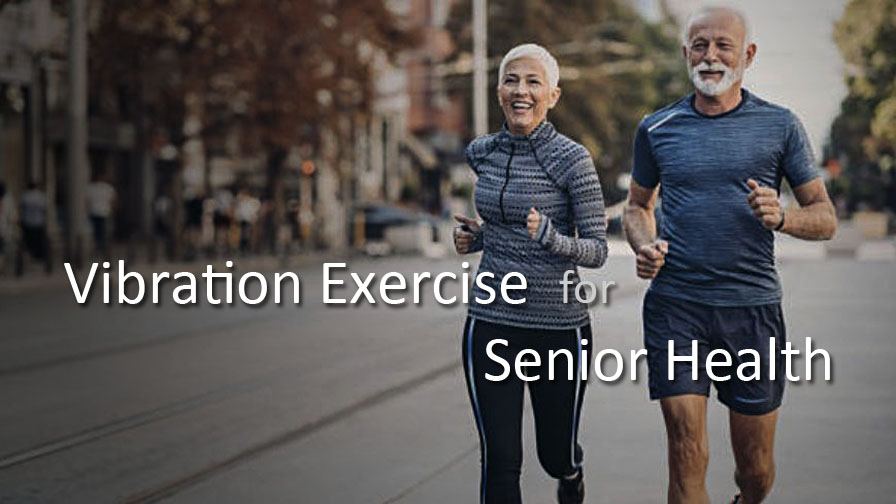
Vibration Exercise for Senior Health
Vibration Exercise has gained attention as a potential tool for improving the health and well-being of seniors. While the research on vibration therapy for senior health is still evolving, some potential benefits and considerations include:
Potential Benefits for Senior Health:
- Bone Health: Some studies suggest that whole-body vibration therapy may help improve bone density and reduce the risk of osteoporosis in seniors. The mechanical vibrations stimulate bone-forming cells, which can lead to increased bone mass.
- Muscle Strength: Vibration therapy can activate and strengthen muscles, which is important for maintaining mobility, balance, and independence in seniors.
- Balance and Fall Prevention: Vibrations can improve proprioception (awareness of body position) and balance, potentially reducing the risk of falls and associated injuries in older adults.
- Improved Circulation: Vibration therapy may enhance blood circulation, which can benefit seniors by promoting tissue healing, reducing swelling, and potentially easing symptoms of conditions like peripheral neuropathy.
- Pain Management: Some seniors with chronic pain conditions, such as osteoarthritis or fibromyalgia, report relief from pain through vibration therapy.
- Flexibility and Range of Motion: Vibrations may help improve joint flexibility and range of motion, making it easier for seniors to maintain their mobility.
- Muscle Relaxation: Vibrations can help relax muscles and reduce muscle tension, which can be beneficial for seniors with muscle stiffness or spasms.
- Stress Reduction: Vibration therapy can promote relaxation and reduce stress, potentially improving overall well-being.
Considerations for Senior Health:
- Safety: Safety is a paramount consideration, especially for seniors. It's crucial to use vibration therapy devices safely and under the guidance of healthcare professionals, as some seniors may have underlying health conditions or mobility limitations that need to be considered.
- Individualization: The response to vibration therapy can vary among individuals, and not all seniors may benefit from it to the same degree. Personalized approaches are essential.
- Consultation with Healthcare Providers: Seniors should consult with their healthcare providers, such as geriatricians, physical therapists, or orthopedic specialists, before starting vibration therapy, particularly if they have medical conditions, joint issues, or are taking medications.
- Complementary Approach: Vibration therapy should be considered a complementary therapy and not a standalone treatment. It is typically used in conjunction with other evidence-based approaches to senior health, such as exercise, physical therapy, and lifestyle modifications.
- Frequency and Duration: The optimal frequency, duration, and intensity of vibration therapy sessions for seniors are still subjects of research. Healthcare professionals can help develop appropriate protocols.
Before starting any new therapy or exercise program, seniors should undergo a comprehensive assessment by a healthcare provider to determine their specific needs and any potential contraindications. Based on this assessment, healthcare professionals can recommend appropriate therapies, including vibration therapy, as part of a holistic approach to senior health and well-being. Always prioritize evidence-based treatments and therapies and work closely with healthcare providers to monitor progress and make necessary adjustments to the treatment plan.